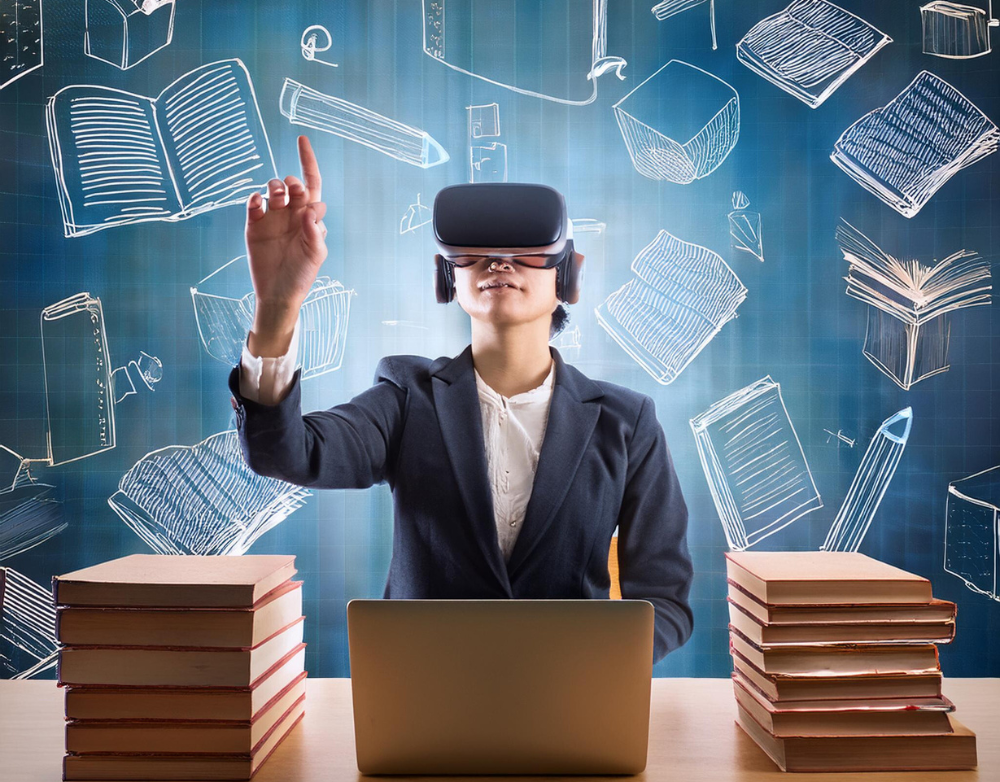Introduction
In today’s fast-paced world, immersive technologies like Virtual Reality (VR), Augmented Reality (AR), and even holographic projections are transforming the way we learn and interact with information. These technologies offer unprecedented opportunities to create engaging, interactive, and personalized learning experiences.
By immersing students in virtual environments and augmenting their real-world experiences, VR and AR can enhance understanding, improve retention, and foster a love of learning. From exploring historical events to conducting scientific experiments, these technologies can make education more accessible, engaging, and effective.
Today from the platform of Codelps, we will delve into the exciting world of VR and AR in education, exploring their potential benefits, applications, and challenges. We will also discuss how these technologies can be used to create innovative and engaging learning experiences for students of all ages.

The Power of VR and AR in Education
- Immersive Learning Experiences: VR and AR can transport students to different time periods, locations, and even inside the human body, providing a more engaging and memorable learning experience.
- Hands-On Exploration: Students can interact with virtual objects and environments, fostering a deeper understanding of complex concepts.
- Personalized Learning: VR and AR can be tailored to individual student needs, allowing for a more personalized and effective learning experience.
- Enhanced Collaboration: VR and AR and holographic technology can facilitate collaborative learning experiences, allowing students to work together on projects in a virtual space.
- Accessibility: These technologies can make learning more accessible to students with disabilities by providing alternative ways to interact with educational content.
Applications of VR and AR in Education
- Science and STEM: Visualize complex scientific concepts, conduct virtual experiments, and explore the natural world.
- History and Social Studies: Travel back in time to historical events or visit far-off lands.
- Language Learning: Immerse yourself in a foreign language environment and practice speaking with native speakers.
- Vocational Training: Simulate real-world scenarios to prepare students for careers in fields like healthcare, engineering, and construction.
- Special Needs Education: Provide personalized and engaging learning experiences for students with disabilities.
- Holographic Projections: Imagine dissecting a holographic frog in a biology class or exploring ancient historical sites in 3D. Holographic projections can bring complex subjects to life, making learning more memorable and interactive.
- Hologram-Based Simulations: Holograms can be used to create realistic simulations for training in fields like medicine, engineering, and aviation.

The Future of Education
As VR and AR technologies continue to advance, we can expect to see even more innovative applications in education. These immersive technologies have the potential to transform the way we learn and prepare students for the challenges of the 21st century.
Conclusion
VR and AR offer exciting opportunities to enhance education and create more engaging and effective learning experiences. By embracing these technologies, educators can prepare students for a future where immersive learning is the norm.



Leave a Reply